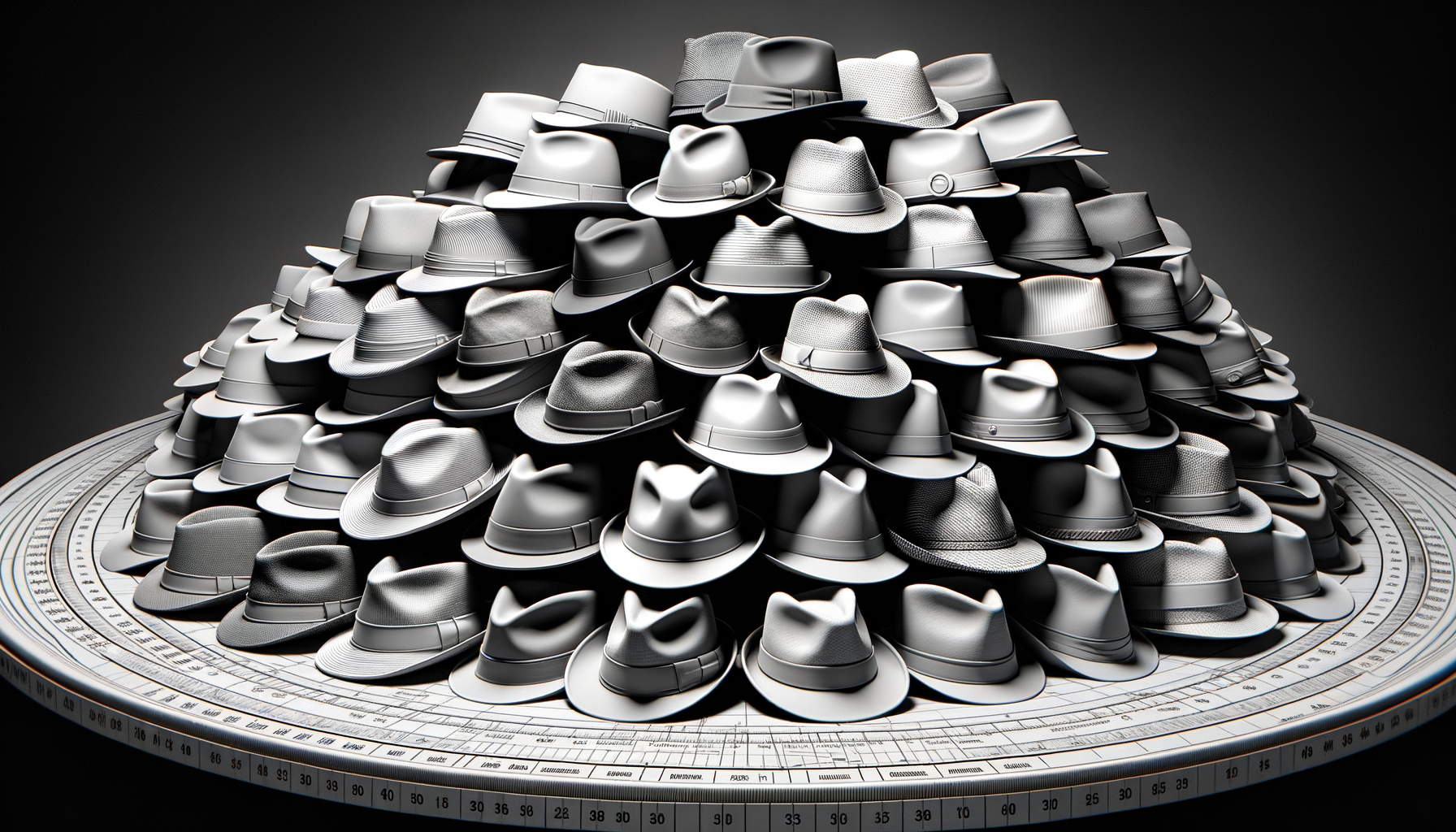
Things You Need To Know About Fedora Hats
History and Evolution of Fedora Hats
Fedora hats have a rich history that dates back to the late 19th century. Originally worn by women, the fedora became a symbol of the women’s rights movement. It was named after a play titled “Fédora,” where the main character, Princess Fédora, wore a hat of this style. By the 1920s, fedoras had transitioned into men’s fashion, becoming a staple accessory for gentlemen. This shift was largely influenced by the need for functional yet stylish headwear that complemented the tailored suits of the era.
The popularity of fedoras surged during the 1940s and 1950s, thanks in part to Hollywood icons who donned them both on and off the screen. Over the decades, the design of the fedora has evolved, with variations in brim width, crown height, and materials used. Despite these changes, the core elements—a pinched crown and a wide brim—have remained consistent, preserving the hat’s classic appeal.
Today, fedoras are experiencing a resurgence in popularity, embraced by fashion-forward individuals who appreciate their vintage charm. They are now available in a variety of materials, from traditional felt to more modern options like straw and leather, making them suitable for different seasons and occasions.
Materials and Craftsmanship
The quality of a fedora hat is often determined by the materials used and the craftsmanship involved in its creation. Traditionally, fedoras are made from felt, a material derived from wool or fur that is known for its durability and ability to hold shape. Felt fedoras are particularly favored for their warmth and water resistance, making them ideal for cooler climates.
In addition to felt, fedoras can also be crafted from straw, providing a lighter alternative for warmer weather. Straw fedoras are often associated with summer fashion, offering breathability and a casual elegance. Other materials such as leather and cotton are also used, each bringing unique characteristics to the hat’s overall style and functionality.
The process of making a fedora involves several meticulous steps, including blocking, shaping, and finishing. Skilled artisans use specialized tools to ensure that each hat meets high standards of quality. This attention to detail is what sets well-crafted fedoras apart, making them a worthwhile investment for those who appreciate fine accessories.
Styles and Variations
Fedora hats come in a range of styles and variations, allowing wearers to choose options that best suit their personal taste and wardrobe. Some of the most popular styles include the classic fedora, the trilby, and the pork pie. Each style offers distinct features that cater to different fashion preferences.
The classic fedora is characterized by its wide brim and indented crown, offering a timeless look that pairs well with both formal and casual attire. The trilby, on the other hand, features a narrower brim and a shorter crown, making it a popular choice for more contemporary outfits. The pork pie style is distinguished by its flat crown and circular brim, providing a unique silhouette that adds a touch of individuality to any ensemble.
Beyond these traditional styles, modern fedoras are available in various colors, patterns, and embellishments, allowing for further customization. Whether adorned with a simple ribbon band or featuring intricate embroidery, fedoras offer endless possibilities for self-expression.
How to Wear Fedora Hats
Incorporating a fedora hat into your wardrobe can elevate your style, but it requires careful consideration to ensure it complements your overall look. Here are some tips on how to wear a fedora with confidence:
- Choose the right size: A well-fitting fedora should sit comfortably on your head without being too tight or loose. It should rest just above your ears and be level across your forehead.
- Coordinate with your outfit: Fedoras are versatile, but they should harmonize with your attire. Pair a classic felt fedora with a tailored suit for a sophisticated appearance, or opt for a straw version with casual summer wear for a relaxed vibe.
- Consider the occasion: While fedoras are suitable for many settings, it’s important to consider the formality of the event. A sleek, understated fedora is ideal for formal occasions, while a more colorful or patterned option can add flair to casual gatherings.
Ultimately, wearing a fedora is about expressing your personal style. Experiment with different styles and find what works best for you, ensuring that your choice of hat enhances rather than overwhelms your look.
Maintaining and Caring for Fedora Hats
To ensure the longevity of your fedora hat, proper maintenance and care are essential. Here are some tips to keep your fedora looking its best:
- Regular cleaning: Dust and dirt can accumulate on your hat over time. Use a soft brush to gently remove debris, brushing in a counter-clockwise direction to maintain the fabric’s nap.
- Proper storage: When not in use, store your fedora in a cool, dry place, preferably in a hat box to protect it from dust and deformation. Avoid hanging it on hooks, as this can distort its shape.
- Avoid exposure to moisture: While felt fedoras are water-resistant, prolonged exposure to moisture can damage the material. If your hat gets wet, allow it to air dry naturally, avoiding direct heat sources.
With these simple care practices, your fedora can remain a stylish and functional accessory for years to come, continuing to add a touch of elegance to your wardrobe.


